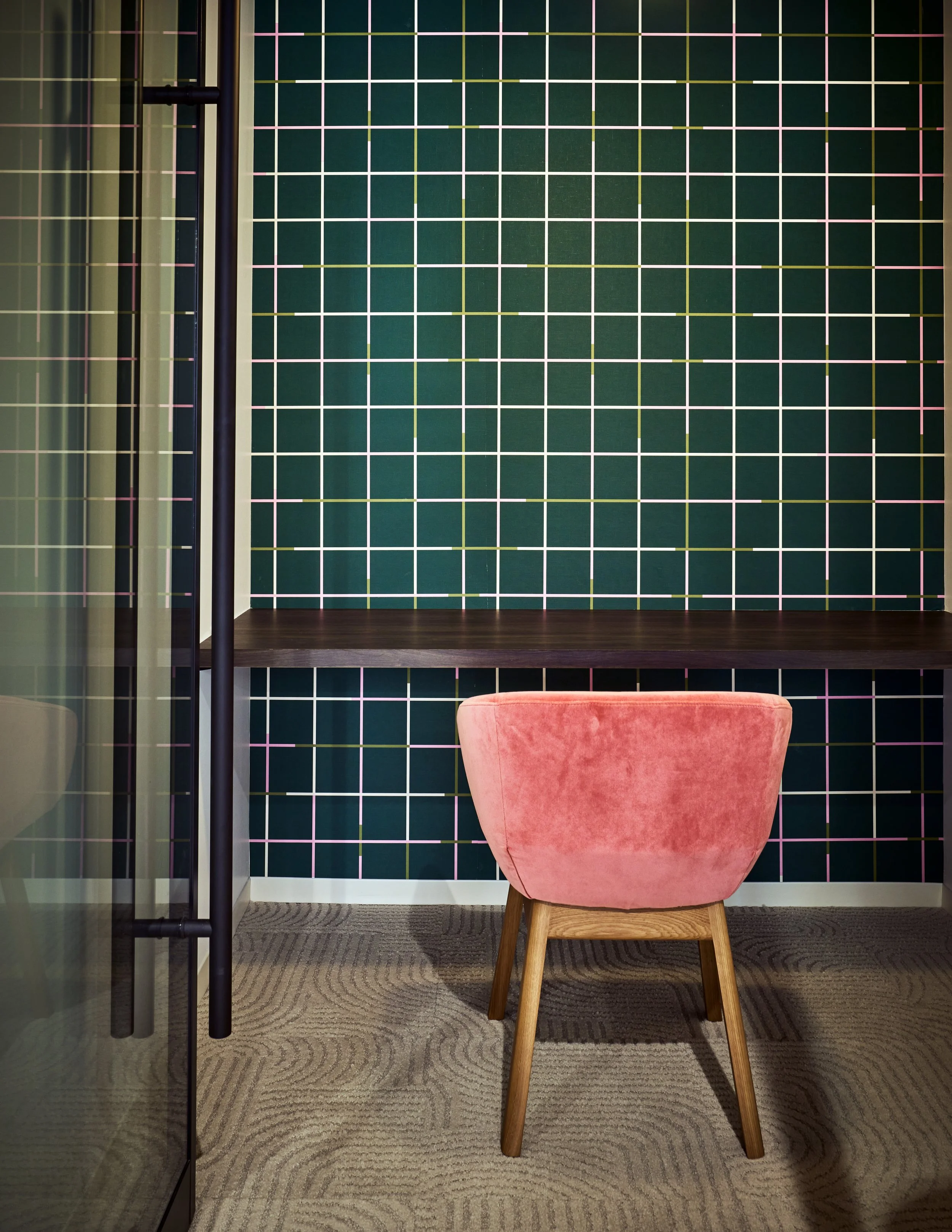Designing with Women in Mind: Supporting Comfort, Inclusion, and Productivity
In the U.S., menopause-related challenges contribute to an estimated $1.8 billion in lost productivity annually due to missed workdays. Symptoms like joint discomfort, fatigue, difficulty concentrating, hot flashes, sleep disruption, and anxiety can all affect workplace comfort and performance - for those experiencing menopause and their colleagues alike.
We are a proud certified MillerKnoll dealer. Together, we are reimagining the future of work by designing environments that consider every human experience. MillerKnoll’s insights strategists, design experts, and Women’s Business Resource Group collaborated with menopause consultant Kate Usher to better understand how culture, policy, and space design can improve the work experience for all employees. Their research reinforces that the first step is normalizing the conversation around menopause in the workplace.
How Design and Culture Work Hand in Hand
Building awareness that menopause is a natural and universal experience encourages open, respectful dialogue. Companies can empower groups to lead conversations and advocate for supportive workplace resources.
Training managers means giving them the tools to recognize when support might be needed and helping connect employees with appropriate resources or accommodations.
Establishing clear communication strategies allows organizations to define how menopause is discussed in a way that aligns with company culture and values.
Design Solutions That Support Comfort and Well-Being
We take these principles and translate them into practical design solutions that enhance comfort, focus, and confidence:
Temperature Control
Tunable LED lighting
Wellness Rooms
Sit-to-stand desks and supportive seating
When we normalize conversations about menopause and design with empathy, we create workplaces that retain talent, promote wellness, and empower individuals to perform at their best, no matter their life stage. We’re proud to be part of this important movement.
Because when we design for people, we design for possibilities.

